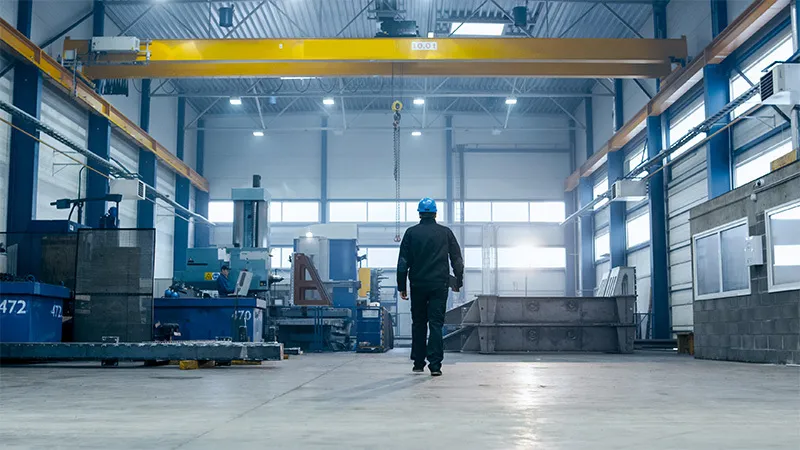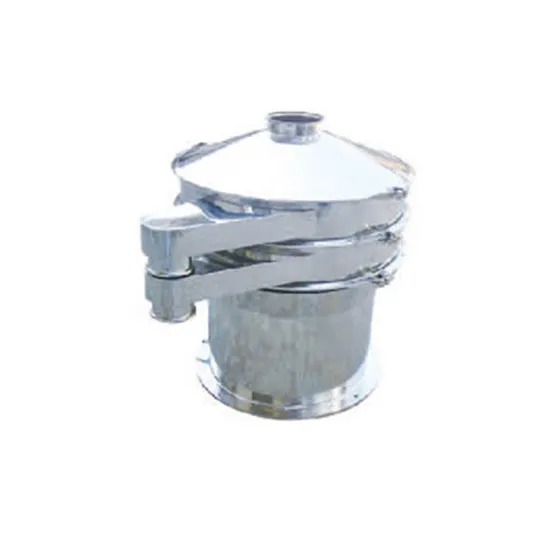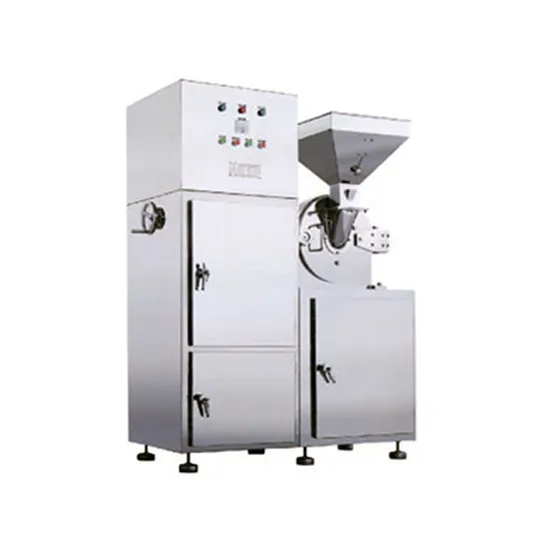NEWS
Understanding Rotary Sieving Machines: A Key Tool in Material Processing
Oct 23,2025
Rotary sieving machines are vital devices used in various manufacturing and processing applications, particularly in the fields of crushing and sorting machinery. Their primary function is to separate materials based on size, ensuring that only particles of a specific dimension pass through the sieve, while larger particles are retained for further processing. This separation is critical in many industries, including agriculture, mining, pharmaceuticals, and food production.
The design of a rotary sieving machine typically features a cylindrical screen that rotates around its axis. Material to be sorted is fed into one end of the cylinder. As the cylinder rotates, gravity and centrifugal force work together to move the material along the length of the screen. The smaller particles pass through the openings of the screen, while the larger ones are pushed towards the exit of the machine. This continuous motion not only aids in effective separation but also minimizes the chances of clogging, a common issue in static screens.
One significant advantage of rotary sieving machines is their efficiency in handling a wide range of materials, from fine powders to coarse aggregates. This versatility makes them suitable for various applications, such as separating grains, powders, and even recycling materials. In the food industry, for instance, they can be used to ensure that flour or sugar is free from any unwanted large particles, while in construction, they can help sort aggregates for concrete production.
Moreover, the design of these machines allows for easy cleaning and maintenance, which is essential for industries that require high hygiene standards, such as food processing and pharmaceuticals. Regular maintenance of rotary sieving machines ensures optimal performance and extends their lifespan, making them a worthwhile investment in automated production lines.
Another noteworthy aspect is the potential for customization. Depending on the specific requirements of the operation, rotary sieving machines can be outfitted with different types of screens, varying mesh sizes, and even additional features like vibrating mechanisms to enhance the separation process. This adaptability allows manufacturers to tailor their machinery to meet precise production needs, optimizing both efficiency and product quality.
In conclusion, rotary sieving machines play a crucial role in the separation and sorting processes within manufacturing and processing industries. Their unique design, coupled with their ability to handle diverse materials, makes them indispensable for maintaining product quality and operational efficiency. By understanding the functionality and benefits of these machines, businesses can make informed decisions about incorporating them into their processes, ultimately leading to enhanced productivity and success in their respective industries.
The design of a rotary sieving machine typically features a cylindrical screen that rotates around its axis. Material to be sorted is fed into one end of the cylinder. As the cylinder rotates, gravity and centrifugal force work together to move the material along the length of the screen. The smaller particles pass through the openings of the screen, while the larger ones are pushed towards the exit of the machine. This continuous motion not only aids in effective separation but also minimizes the chances of clogging, a common issue in static screens.
One significant advantage of rotary sieving machines is their efficiency in handling a wide range of materials, from fine powders to coarse aggregates. This versatility makes them suitable for various applications, such as separating grains, powders, and even recycling materials. In the food industry, for instance, they can be used to ensure that flour or sugar is free from any unwanted large particles, while in construction, they can help sort aggregates for concrete production.
Moreover, the design of these machines allows for easy cleaning and maintenance, which is essential for industries that require high hygiene standards, such as food processing and pharmaceuticals. Regular maintenance of rotary sieving machines ensures optimal performance and extends their lifespan, making them a worthwhile investment in automated production lines.
Another noteworthy aspect is the potential for customization. Depending on the specific requirements of the operation, rotary sieving machines can be outfitted with different types of screens, varying mesh sizes, and even additional features like vibrating mechanisms to enhance the separation process. This adaptability allows manufacturers to tailor their machinery to meet precise production needs, optimizing both efficiency and product quality.
In conclusion, rotary sieving machines play a crucial role in the separation and sorting processes within manufacturing and processing industries. Their unique design, coupled with their ability to handle diverse materials, makes them indispensable for maintaining product quality and operational efficiency. By understanding the functionality and benefits of these machines, businesses can make informed decisions about incorporating them into their processes, ultimately leading to enhanced productivity and success in their respective industries.
More News









